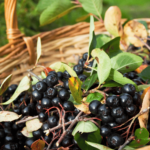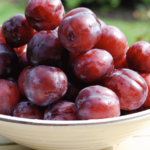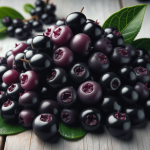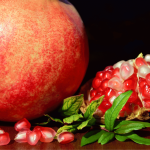Plant Profile: Aronia – Resilient Shrub with Multi-Season Beauty
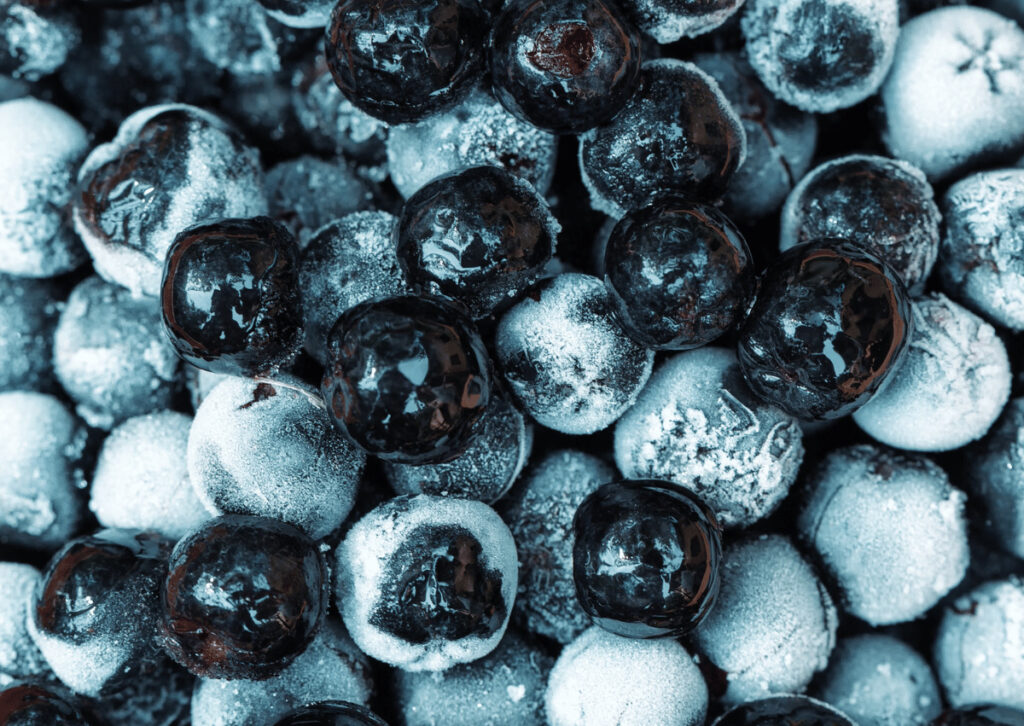
Aronia melanocarpa, commonly known as the Black Aronia or Black Chokeberry, is a species of shrubs in the rose family. This adaptable plant adds multi-season beauty to any garden, with its showy black berries and excellent purple-red foliage color.
Classification
Aronia melanocarpa belongs to the Plantae kingdom, under the Rosaceae family. It is part of the Aronia genus and its species is melanocarpa.
Origin and Distribution
Native to eastern North America, the Black Aronia ranges from Canada to the central United States, from Newfoundland west to Ontario and Minnesota, south as far as Arkansas, Alabama, and Georgia. The plant has also been introduced and is cultivated in Europe.
USDA Hardiness Zones
USDA zones 3 to 8.
Growth Habits
Aronia is a branching shrub that grows well in the sun and part-shade, often reaching heights of six feet or more (approximately 1.8 meters), forming clumps by means of stems rising from the roots. It has glossy dark green leaves that turn red in the autumn. The plant’s flowers are white or pink, appearing at the end of spring and producing black fruits in September.
Role in a Food Forest
As a shrub, Aronia typically occupies the shrub layer in a food forest.
Benefits for Permaculture Systems:
Aronia’s adaptability, including its tolerance to a wide range of soils and conditions, makes it a valuable addition to Permaculture systems. It naturally layers itself and spreads by runners, making it easy to propagate once established. Because of its suckering habit and its tolerance to wet soils, this species is typically used in mass planting, in naturalized and woodland gardens, for erosion control, in windbreaks, and in excessively wet soils. These characteristics make it an excellent choice for creating sustainable and resilient permaculture systems.
We use them for windbreaks and for food
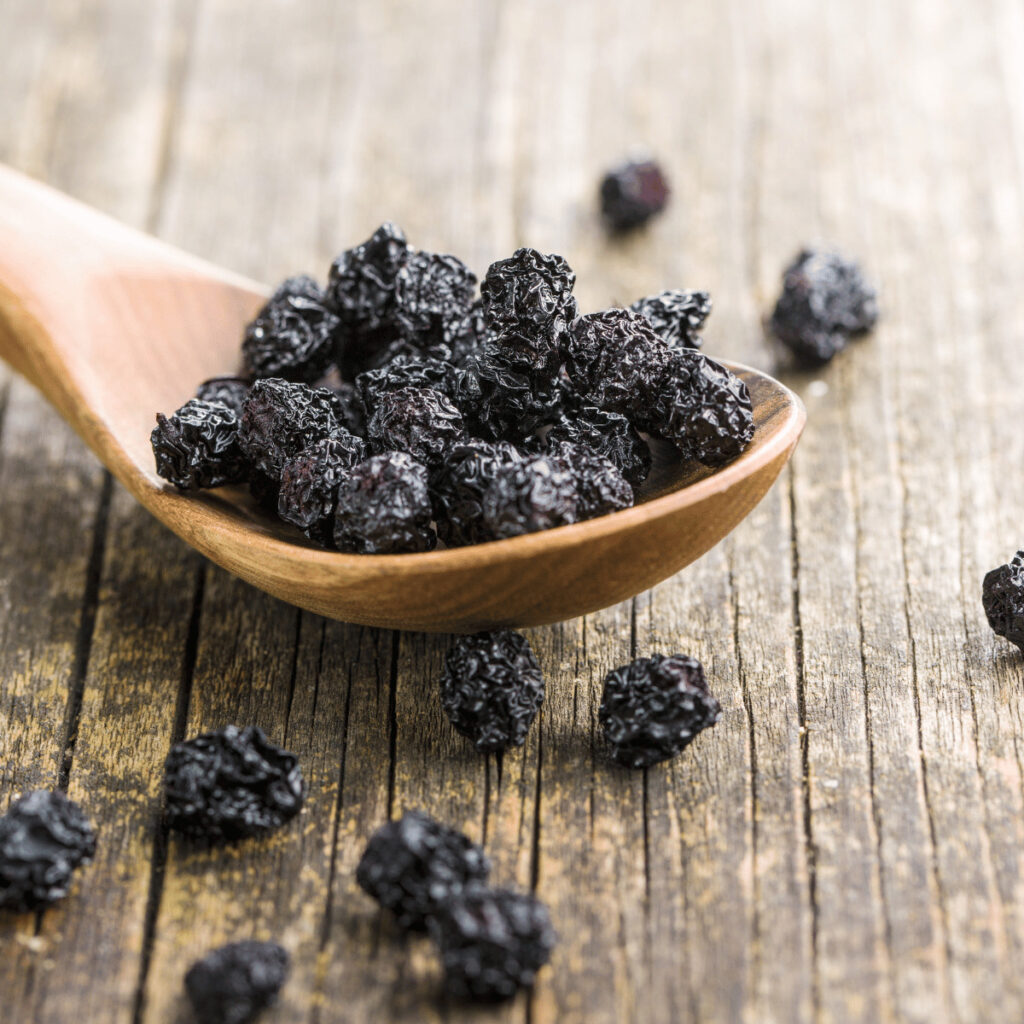
Culinary and Medicinal Uses
The fruits of Aronia are astringent when raw, but their flavor improves when used in recipes with added sugar. They are best eaten after exposure to frost, either naturally or by freezing.
Propagation and Care
They are easy to clone and root, with summer being the optimal time to take cuttings. They can grow in a wide range of soils, including boggy and wet soils, and dry sandy soils. They are also drought, salt, and pollution tolerant. The plant naturally layers itself and spreads by runners, making it easy to propagate once established. I have dug up runners and put some of the lower branches under some soil with a rock above them in late summer and dug them up in the early spring with a 100% success rate.
The health of our Aronia plants is also greatly improved by the presence of earthworms in the soil, which play a crucial role in sustainable gardening and agriculture.
Learn more about the role of earthworms here.
Pests and Diseases
The plant is generally pest and disease-free, but occasional leaf spot and blight can occur.
Harvesting and Storage
While the berries turn black when ripe, it’s recommended to exhibit a bit of patience before harvesting them. Allow several weeks to pass after the berries have darkened to their mature color. This waiting period allows the flavors to fully develop, enhancing the overall taste experience. The frost exposure, either naturally or by freezing, further improves their flavor, making them a delightful addition to various culinary creations. They are, as mentioned before, best eaten after exposure to frost, either naturally or by freezing.
Fun Facts
The plant’s foliage is rich in nectar, attracting early butterflies, hummingbirds, and pollinators. In winter, songbirds and upland gamebirds, as well as many species of small mammals, enjoy its berries.
References and Further Reading
For more information about Black Aronia berries, you can visit the following links:

